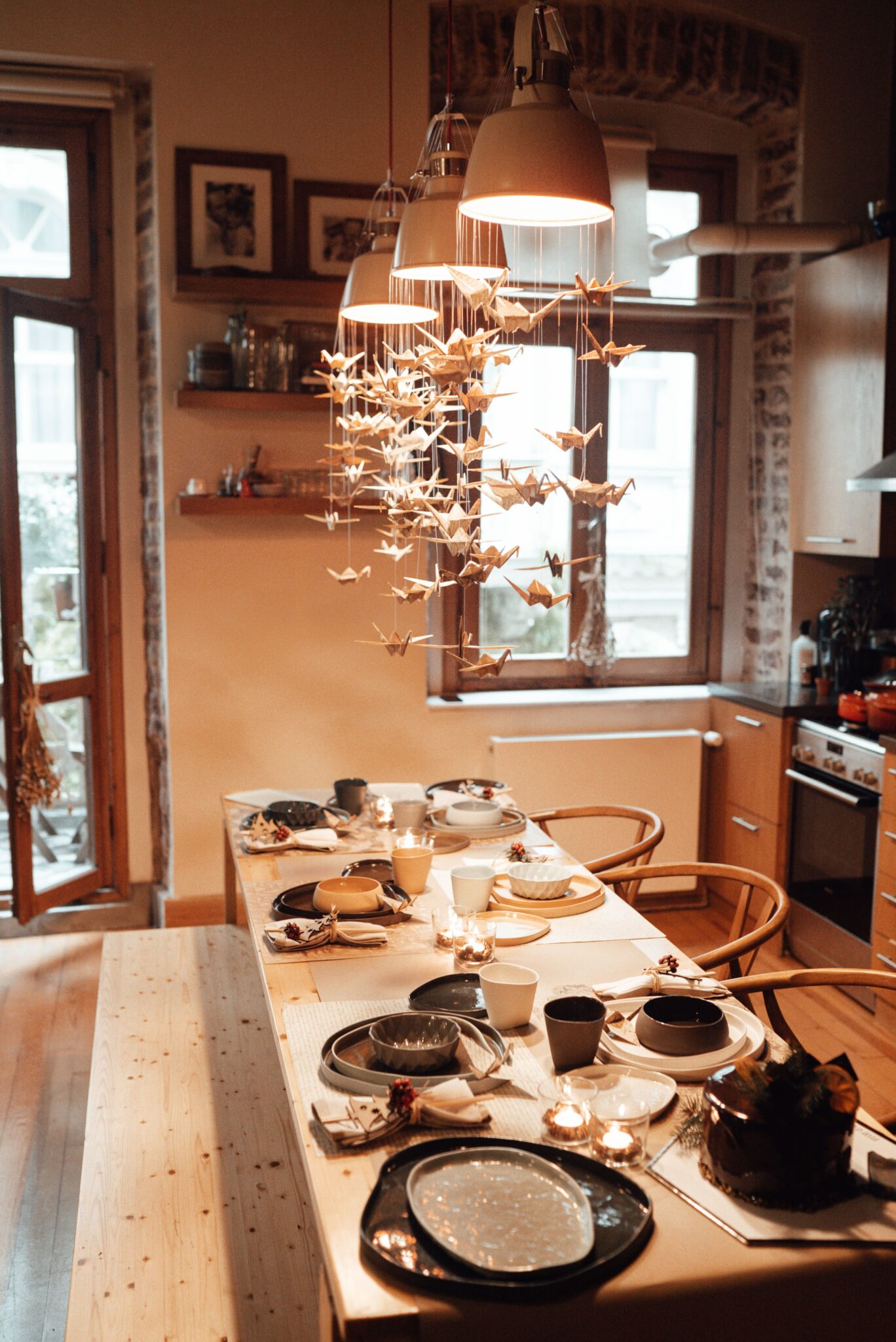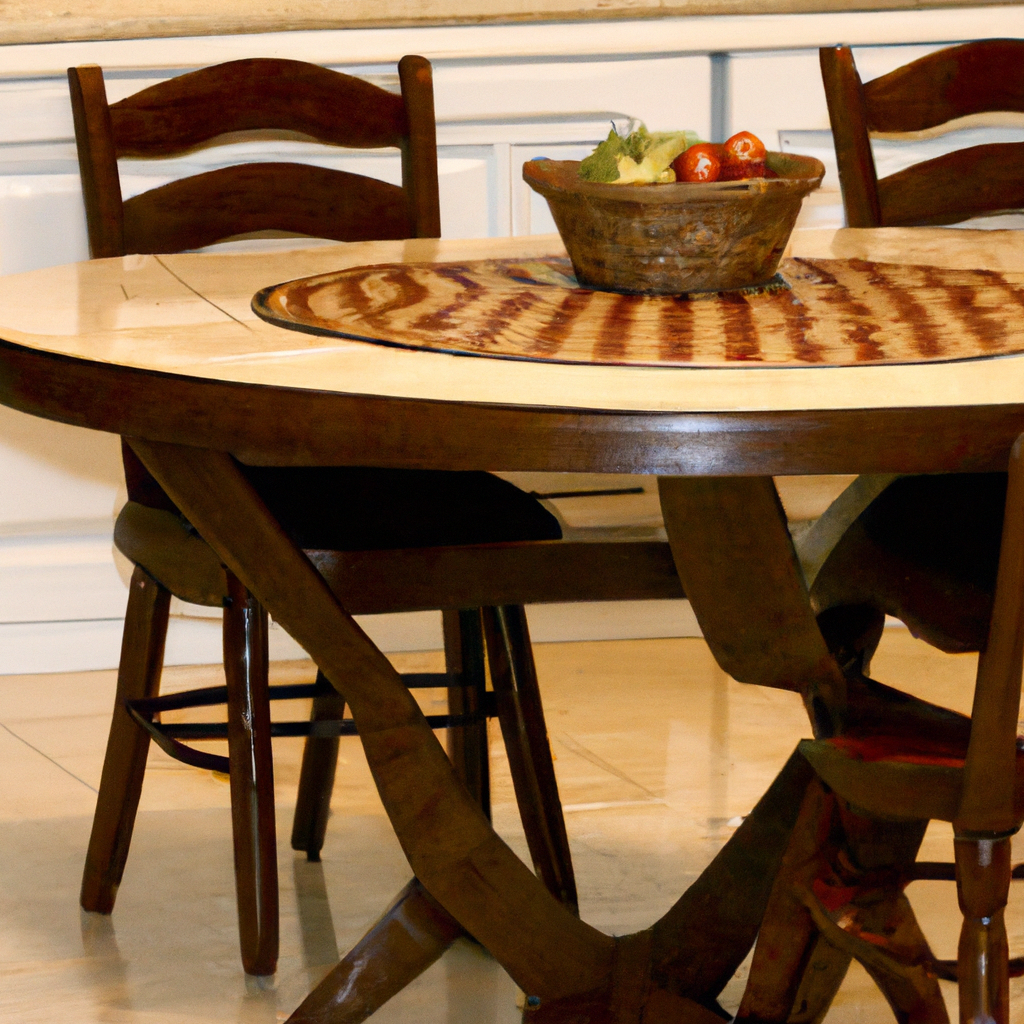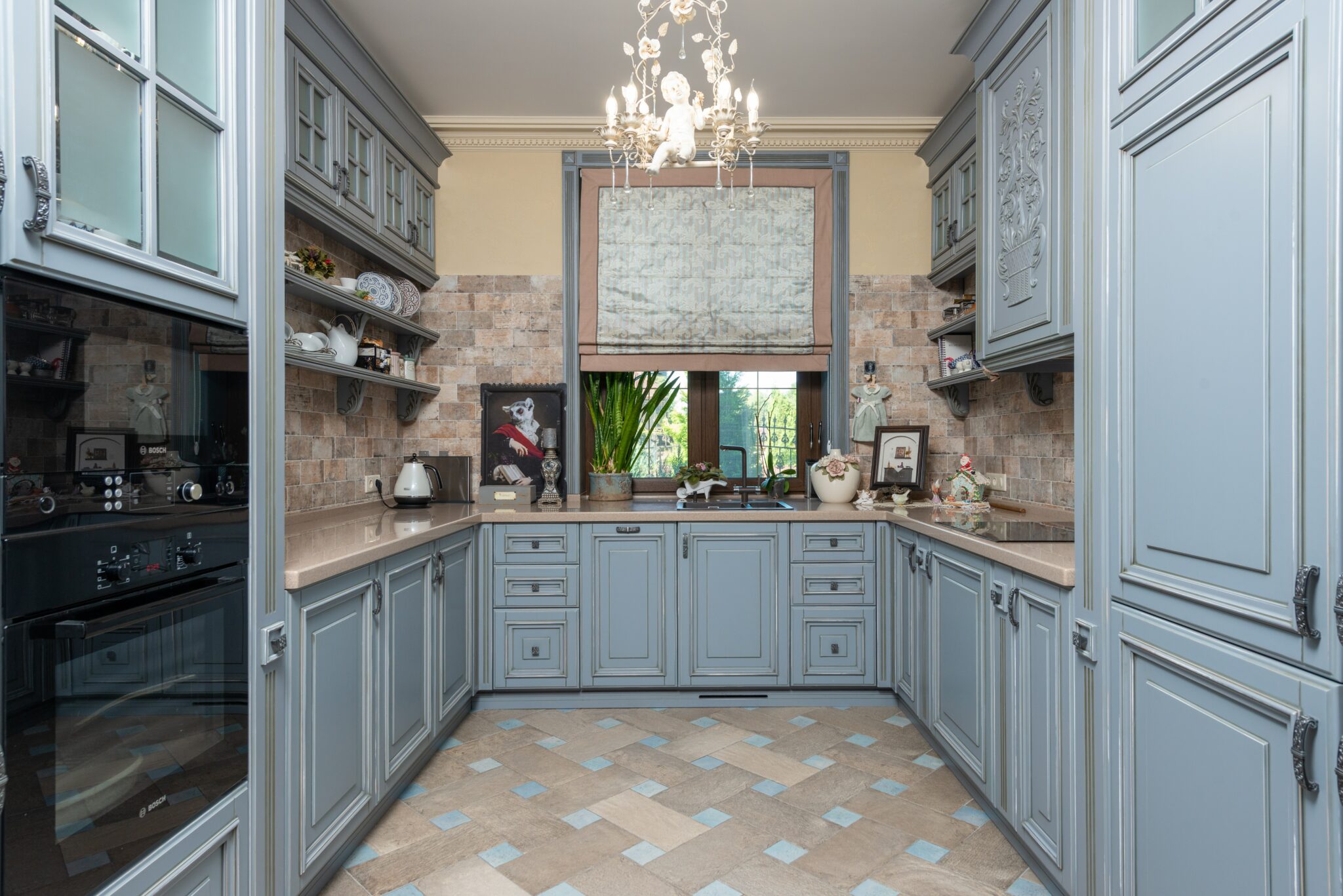Key Takeaway:
- Glass tiles offer a modern and sleek appearance: Glass is a popular choice for contemporary homes due to its glossy and reflective nature, creating an illusion of more space and light.
- Ceramic tiles provide more design options and durability: Ceramic tiles offer a wide range of color and design options and are known for their durability, being resistant to scratches and spills.
- Budget should be considered when making the final decision: Glass tiles are generally more expensive due to the complexity of installation and the cost of materials, while ceramic tiles are more affordable and widely available.
Feel confused? Not alone. Selecting between glass and ceramic tile can be difficult. This article will assist you to pick the more attractive selection. Kitchen backsplash: Overwhelmed by the variety of choices?
Pros and Cons of Glass Backsplashes
Glass and ceramic tiles are both popular materials for a kitchen backsplash. Each has its pros and cons.
Pros of Glass Backsplashes:
- Many shapes, sizes, and colors.
- Non-porous, resists stains, bacteria, and germs.
- Easy to clean with glass cleaner.
- Reflects light, making space feel larger.
- Creative options for warmth and vibrancy.
- Durable, water-resistant.
- Fire-resistant.
Cons of Glass Backsplashes:
- Generally more expensive.
- Transparent, highlighting wall imperfections.
- Specialized tile cutter needed for curves.
- Slippery, prone to cracking/chipping.
- More attention to installation details needed.
When deciding between glass or ceramic, consider the kitchen design, wall colour, countertop material, cost and maintenance. Visit a tile retailer or use a backsplash visualizer to envision your desired design. Types of glass tile include artistic glass, mosaic, palisades handcrafted, and recycled.

Pros and Cons of Ceramic Backsplashes
Kitchen backsplashes come in many materials. Porcelain, stone, wood, stainless steel, thermoplastic, peel-and-stick tile, wallpaper, chalkboard paint and more. Two of the most popular are ceramic and glass tiles.
Ceramic is easier to install and cheaper than other tiles. Glass is versatile with many colors, shapes and sizes. Recycled glass is eco-friendly and glossy. However, dirt and water stains show easily on glass.
Ceramic is more porous and needs more maintenance. Ceramic has muted colors and natural tones for a warm cozy space. Glass has vibrant colors and multi-dimensional patterns for an open modern space. Glass reflects light making the kitchen look brighter and bigger.
For a kitchen renovation, use an image search tool for inspiration. See how glass subway tiles and palisades handcrafted glass can make a beautiful glass tile backsplash statement.
Design and Style Comparison
Glass and ceramic tiles are popular for backsplashes. They differ in installation difficulty, durability, functionality, maintenance costs and look.
Ceramic and porcelain tiles are budget-friendly and come in several shapes, sizes and colors. Porcelain is denser and less porous, which means it needs less upkeep and offers better stain protection. Glazed ceramic tile reflects light, making spaces look brighter.
Glass backsplash tiles are favored by homeowners and kitchen designers who want a modern feel. Mosaic glass tiles have mesh backing and are easy to install. Artistic glass tiles come with multi-dimensional patterns and can be used as wall art.
Installation of glass tile can be tough because it’s translucent. The right adhesive and grout joints must be chosen. The color and design may fade over time. But the high polish and reflection make it appealing for open or small, warm kitchens. Glass also shows dirt and fingerprints more easily than other materials.
The choice between glass and ceramic tiles depends on the homeowner’s aesthetic preference, the design, and the countertop and wall colors that match it.

Image credits: kitcheninfinity.com by James Jones
Conclusion: Glass vs Ceramic Backsplashes
Glass vs ceramic tile backsplashes are two popular choices for kitchen renovations. Glass stands out for its translucence and design versatility. You can find glass tile backsplashes in a variety of colors, shapes and sizes. The translucence offers light and brightness to the kitchen.
Ceramic tiles offer a warm and cozy feel with a high polish finish and natural colors. Additionally, glass tiles are usually repurposed from other glass materials, making them eco-friendly. However, they require specialized adhesive and may have a higher installation cost.
Ceramic tiles offer a range of options, like stone tile, porcelain tile, and mosaic tile. They are easy to install, durable, and stain-resistant. Both glass and ceramic tiles have their pros and cons. Consider your countertop materials, backsplash design, and overall style to make a decision.
Five Facts About Glass vs. Ceramic Tile Backsplash:
- ✅ Glass tile is more reflective and has a luminous quality than ceramic tile. (Source: HGTV)
- ✅ Ceramic tile is more durable than glass tile and less likely to chip or crack. (Source: The Spruce)
- ✅ Glass tile comes in a wide variety of colors, sizes, and patterns, making it a versatile choice for any kitchen or bathroom. (Source: Home Depot)
- ✅ Ceramic tile is often less expensive than glass tile, making it a budget-friendly option for a backsplash. (Source: Angie’s List)
- ✅ Glass tile is easier to clean and maintain than ceramic tile, as it is resistant to stains and moisture. (Source: Better Homes and Gardens)
FAQs about Glass Vs. Ceramic Tile Backsplash: Which Is More Eye-Catching?
What are the different types of backsplash materials available?
The different types of backsplash materials available like glass, ceramic, porcelain, stone, metal, and more. Glass and ceramic tiles are popular for their durability, easy maintenance, and eye-catching aesthetic appeal.
What are the advantages of using glass tiles as a backsplash material?
The advantages of using glass tiles are transparent, have a shiny surface, and come in a wide range of colors, shapes, and sizes. They add a modern aesthetic to any kitchen and are perfect for small, open spaces that need more natural light. Glass tiles are also stain-resistant, making them ideal for high-trafficked kitchens.
How to select the right glass tile for your kitchen renovation project?
To select the right glass tile for your kitchen renovation project, taking into account things like availability, cost, desired style, color, dimensions, material, wear and tear, and upkeep. Choose pale tones for a soothing ambiance, intricate tile patterns for artistic flair, and eco-friendly recycled glass tiles.
What makes glass tiles more eye-catching than ceramic tiles?
Glass tiles are more eye-catching than ceramic tiles due to their reflective quality, ability to create depth and luminosity, and a wider range of color options. Glass tiles are also available in a variety of colors, shapes, and sizes that offer endless design possibilities.
What are the benefits of installing glass tiles over ceramic tiles?
The benefits of installing glass tiles over ceramic tiles include their reflective quality, ability to create depth and luminosity, greater color range, and durability. Glass tiles are also resistant to stains, mildew, and moisture, making them an ideal choice for kitchen and bathroom areas. However, they tend to be more expensive and require professional installation.
Can glass tiles maintain their original coloring?
Yes, glass tiles maintain their original coloring and shiny appearance for years. They are highly durable and resistant to fading, scratches, and chipping.





